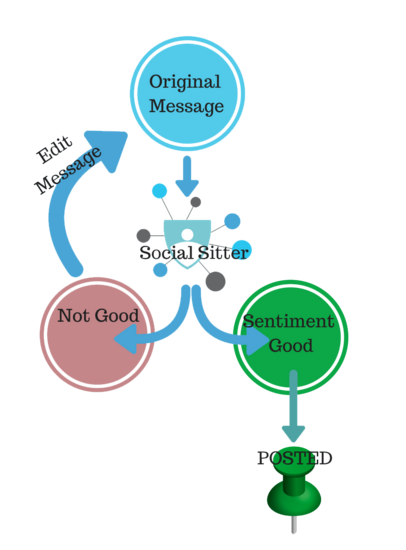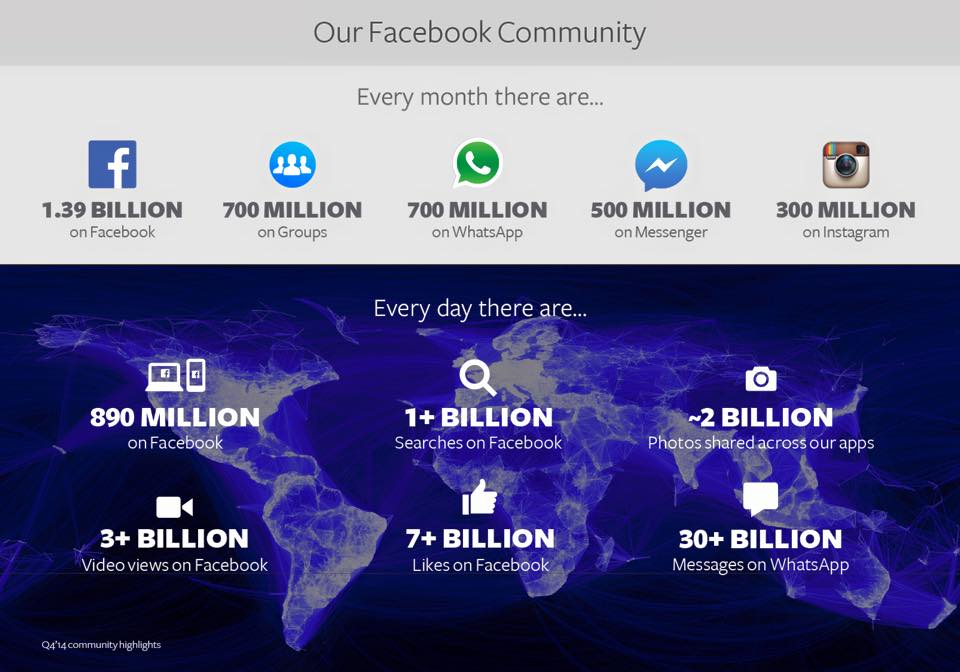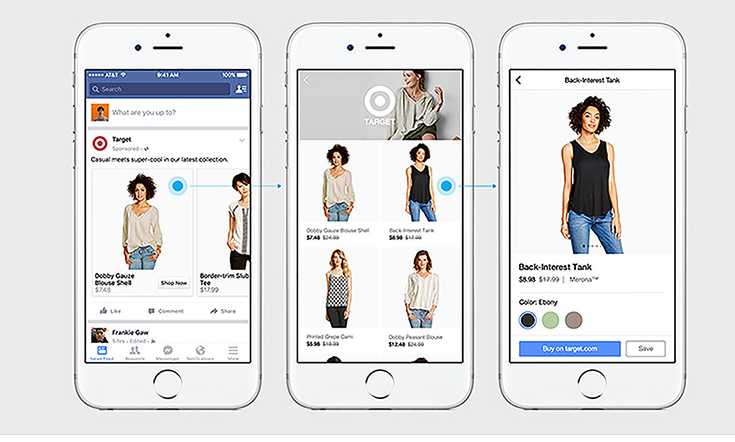Cyber bullying has become a common occurrence online these days. Social media makes online communication easy and fast. Although these are positive attributes and reasons as to why social media is so popular to begin with, just as easy as it is to communicate with people about your day-to-day life, it is just as easy to bully and attack someone online. In recent years as the popularity of social media has increased and more teenagers join social networks, the amount of cyber bullying has risen along also. Last year, in a study conducted in the U.S., one million children admitted to being harassed, threatened or exposed to some form of cyber bullying on Facebook. To some it may not seem like a big deal because as reflected in the study 90% of these social media users ignored this behavior. However, more than ever this negative behavior is leading to an increase in fatal consequences. Until recently, there has been no full-proof way to manage online bullying.
In 2015 the app My Social Sitter was develop. The purpose of the app is to stop cyber bullying and ensure a safer and negative free social media environment. Using a four step process the app, which is connected to the social media platform of the user: detects, shields, informs, educates and rewards. The initial detection step has the ability uncover any harmful communication being received, and even harmful communication being sent out by the user. This is followed by the shield of protection, which prevents the negative message from advancing to the intended recipient. From there the user is informed whether a message has been posted or rejected within seconds and if they themselves are sending out a negative message they have the opportunity to edit their post. Along with the informing process is the apps ability to detect very serious messages surrounding depression or suicide. In this case the users parents are automatically informed. The final step is education and rewards. From the shielding step users are taught what is appropriate and what isn’t and the end they receive rewards for every positive post, such as tokens or gift cards.

The newly developed app has many positive attributes with the first being its quick response rate whenever a message has been sent or rejected makes it easy to keep track with what is taking place on your social media. Another point is that the app is able to detect slang and sentiment in six languages, which increases chances of preventing cyber bullying because youngsters don’t usually write in formal English when they’re on social media. Another is the reward, which is a great motivation for kids and teenagers as they’re usually would not pay attention to ideas like this, but in this case they get something out of it. Finally, it keeps users’ social media profiles private from their parents with the exception of the notifications regarding harmful messages.
Personally I think it is about time an app like this was developed. Some social media sites have put regulations in place to try and hinder cyber bullying as much as possible, but it has not been the most effective. For that reason, I think social media sites like Facebook need to begin advertising the product in order to inform more people. Social media use is continuously rising and it is necessary to make it a safe environment because there is no reason bullying should take place. The app gives individual control to users, its fast and creates a more enjoyable online environment.
Resources
- App stops social media bullies – CNN Video. (2015, October 28). Retrieved November 5, 2015. http://edition.cnn.com/videos/tv/2015/10/28/anti-bullying-app-good-stuff-newday.cnn.
- My Social Sitter Webpage. http://www.mysocialsitter.com/index.php.








